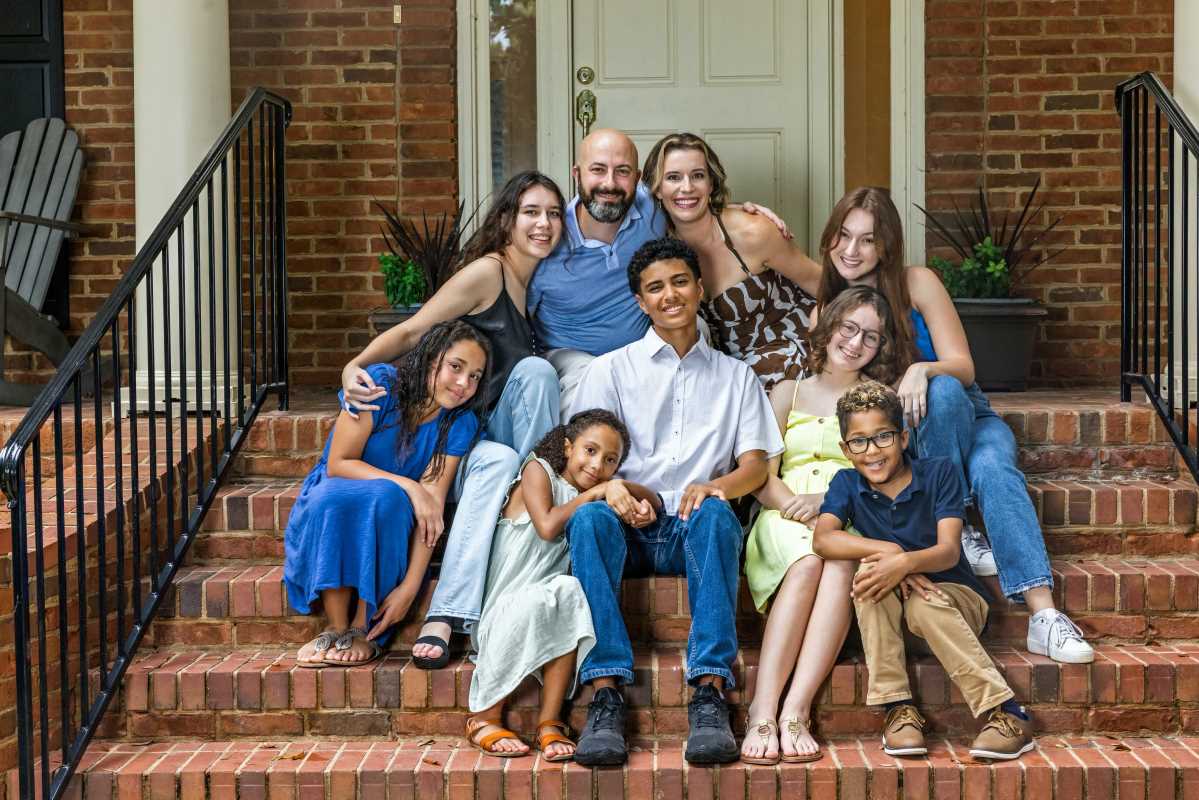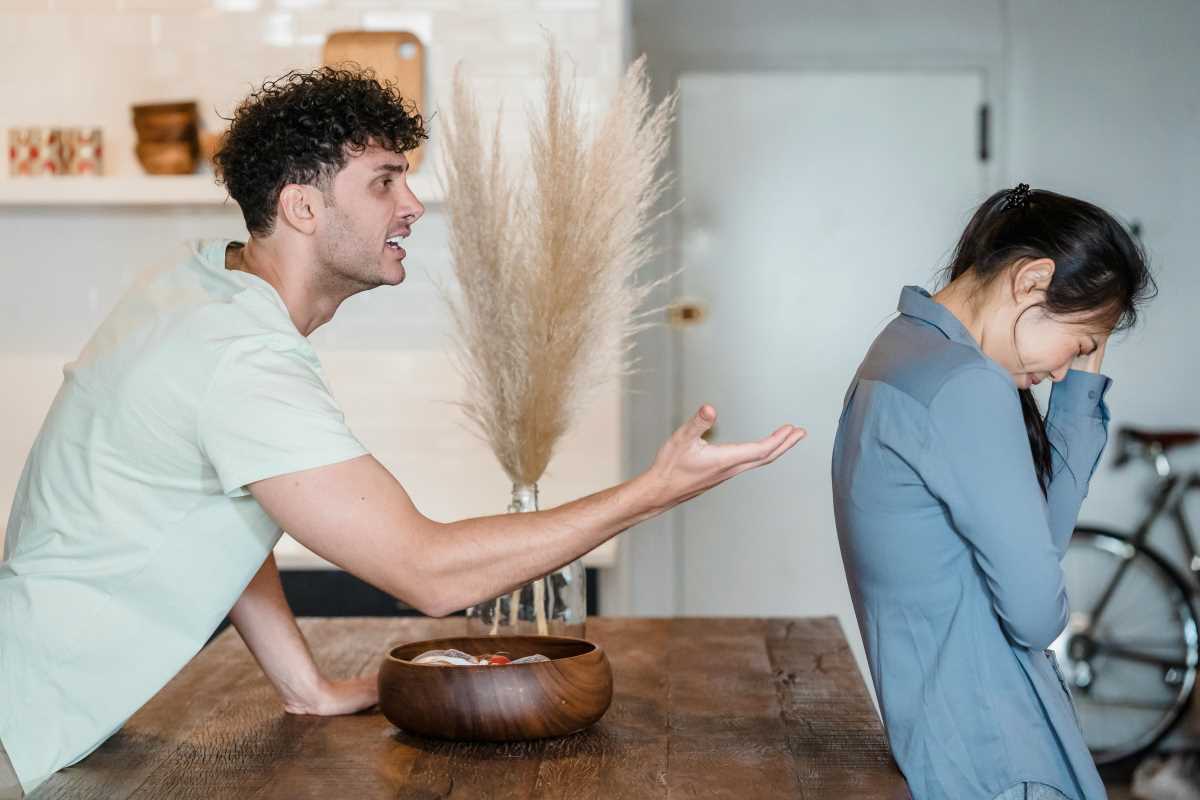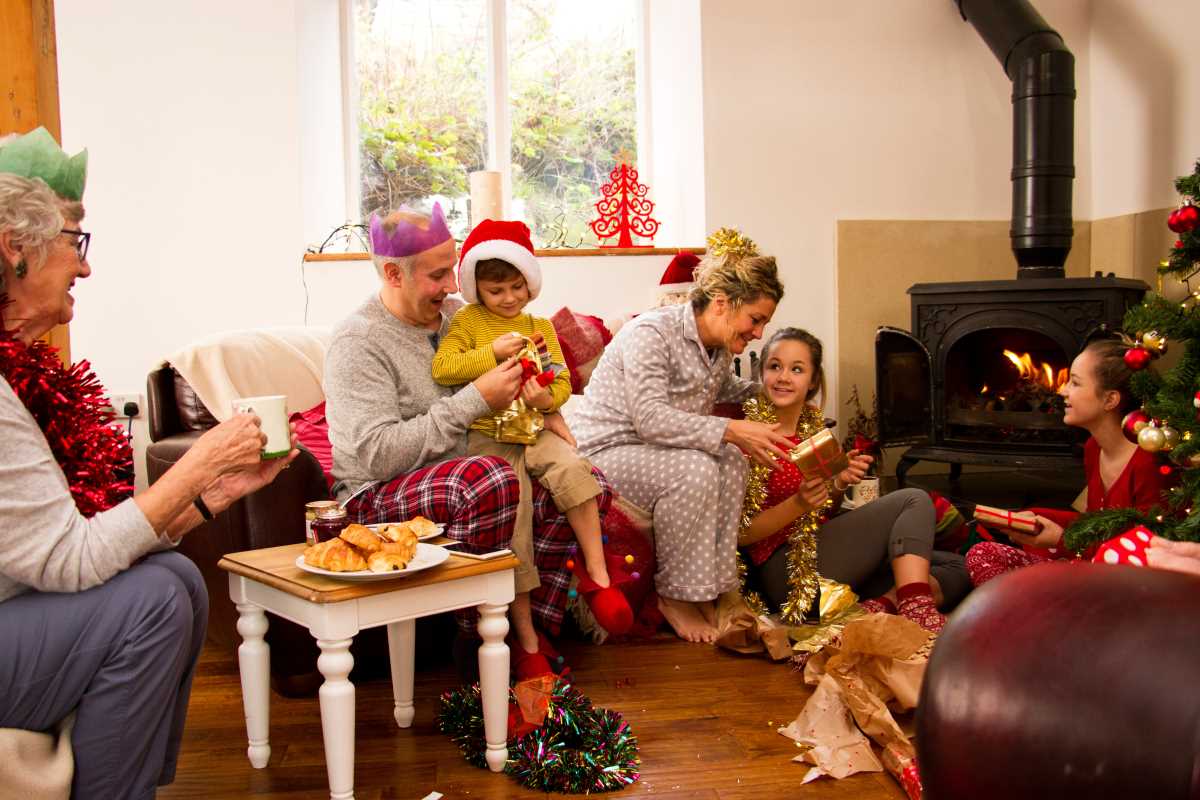Families often find joy in bringing together their unique traditions, weaving old customs with new experiences to create something meaningful for everyone. Each tradition carries memories and stories that help shape a family’s identity, and when everyone joins in, these moments become even more special. By embracing both familiar rituals and fresh ideas, families create lasting memories that reflect their shared history and evolving connections. Gathering together, sharing stories, and trying out new customs allow each person to feel included and valued. This collaborative approach not only honors the past but also builds strong bonds and joyful moments for years to come.
Imagine gathering for a holiday dinner and hearing a mix of old traditions and new rituals from different parts of the family. It might look like a blend of recipes, music, and stories where everyone plays a role. This journey calls for a mix of understanding, clear communication, and creative brainstorming that honors the past while carving out a unique family story.
Learn What Defines Each Family’s Traditions
Every family brings its own set of traditions, rituals, and customs that have been cherished over time. Recognizing and exploring these customs builds a bridge between different backgrounds and creates an environment filled with respect and warmth. Sometimes, all it takes is a casual conversation to learn more about the special events, recipes, or even quirky habits that make each tradition significant.
Here are some common types of traditions that might come from various corners of a blended family:
- Holiday celebrations and feasts
- Birthday rituals, including special songs or gifts
- Seasonal activities, like summer picnics or winter storytelling nights
- Cultural or regional practices that bring uniqueness
Talking about these traditions openly helps everyone understand the reasons behind each custom and paves the way for merging them into a harmonious and exciting new set of practices.
Keep Communication Clear and Set Expectations
Clear communication forms the foundation of blending different traditions. When every family member feels heard, it becomes easier to handle emotional and practical bumps that happen along the way. Regular meetings—informal gatherings where opinions and experiences are shared—serve as a great starting point to discuss hopes, concerns, and ideas for the future of family traditions.
Try these communication methods:
- Set aside a time to share memories and expectations, ensuring everyone has a turn to speak.
- Agree on a flexible plan that values both old traditions and fresh ideas.
- Encourage a listening environment where each person’s story gets recognition.
- Be patient and open, allowing emotions to surface while keeping the conversation supportive.
These simple steps help weave the fabric of family bonds tighter, making everyone feel safe to share and celebrate the unique contributions of each member.
Start Creating New Shared Traditions
Finding common ground often means creating traditions that everyone can claim as their own. Instead of choosing one tradition over another, consider making new ones that let the entire family add their touch. Think about starting a new holiday ritual or planning an annual family project that focuses on a collective goal. This effort not only bridges gaps but also creates lasting memories with a fresh twist.
Try these creative tips to launch your own shared routines:
- Host a themed potluck night where each member contributes a dish with a backstory from their past traditions.
- Create a “memory jar” where everyone writes down favorite moments or future hopes to revisit at the end of the year.
- Plan regular outings or activities that encourage teamwork, such as family game nights or volunteer days.
- Rotate responsibilities so that each person gets a chance to introduce a unique activity or ritual.
These fun and inclusive ideas not only engage everyone but also give family members the power to co-author the future of your family’s legacy.
Respect Differences and Handle Challenges
Not every idea will fit perfectly with the others, and that’s perfectly okay. When conflicts or differences pop up, it is essential to approach them with sensitivity and understanding. Sometimes, certain traditions may seem incompatible or evoke strong emotions tied to the past. In these moments, a mindful discussion can lead to creative solutions.
One useful approach is to maintain mutual respect while discussing differences. When conversations heat up, try to focus on the phrase blending traditions as a shared goal rather than a source of stress. Taking time to acknowledge each family member's feelings allows conflicts to dissolve into lessons on compromise and shared growth.
Celebrate Progress and Small Wins
Recognizing the little victories makes a huge difference in the ongoing process of merging family traditions. Whether it’s a successful family dinner, an embraced new hobby, or even a simple compliment in stressful times, celebrating these moments encourages a positive atmosphere for further growth.
Here are some ways to highlight your family’s successes:
- Keep a visual record, like a family scrapbook or photo board, of moments where traditions merged beautifully.
- Create an annual “success celebration” day that focuses on small wins and shared accomplishments.
- Encourage storytelling sessions where each member recounts a memory that shows how different traditions united.
- Share exciting outings and fun moments together, reinforcing that your family grows stronger with each shared experience.
These focus points serve as reminders that every effort counts and that working together to create something unique deserves appreciation.
With persistence and love, communities honor rich traditions while embracing new beginnings. This creates a beautiful and unified future.







